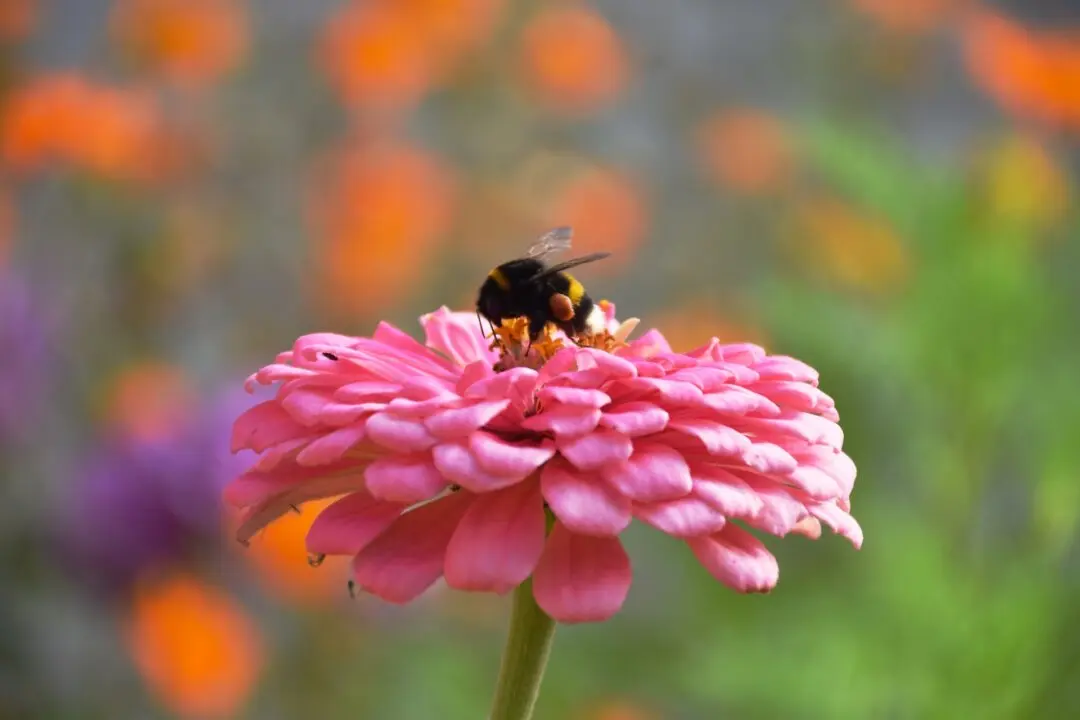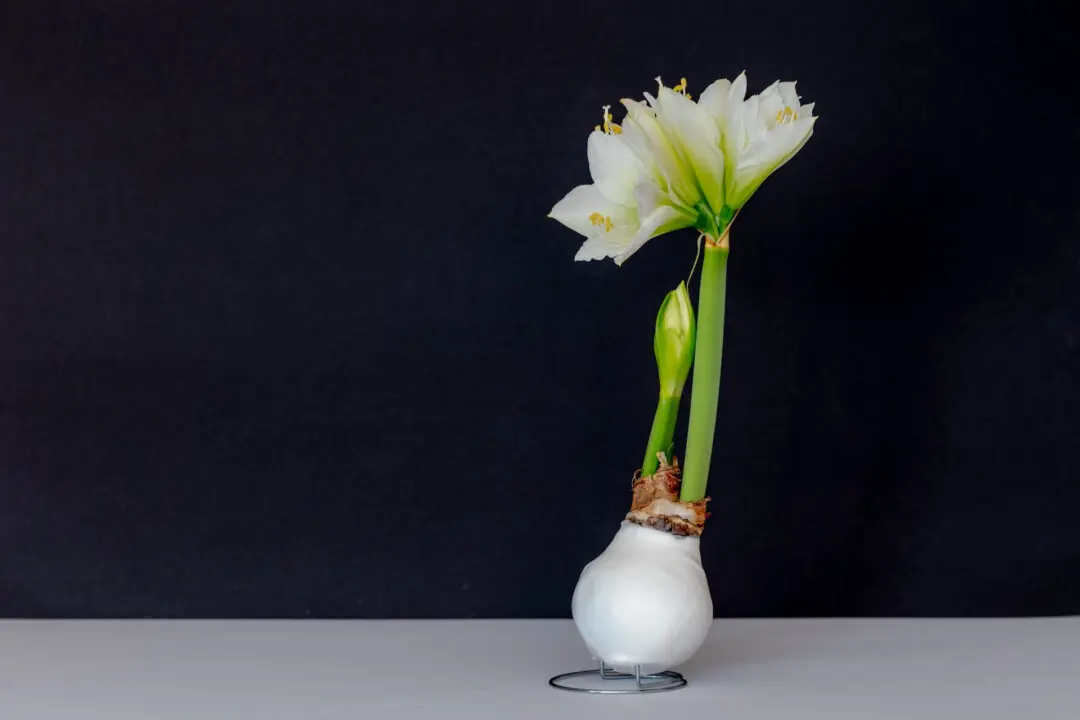Q: My daylilies are usually beautiful, but they already have long stripes of yellow and dead areas on the leaves. I looked for insects but didn’t see any. I don’t think I overfertilized, but I don’t know what else to look for.
A: The most likely problem is a simple fungus disease called daylily leaf streak. The first thing you might see is small, oval-shaped dead and dying spots. Next, the central veins of the leaf turn yellow, and eventually, the whole leaf dies. The disease shows up in areas that stay wet during the cool seasons. Sometimes the weather keeps the plant wet, and sometimes it is an irrigation system. Daylilies in lots of shade and near a source of water, such as a swimming pool splash zone, have a better chance of developing fungal problems.





